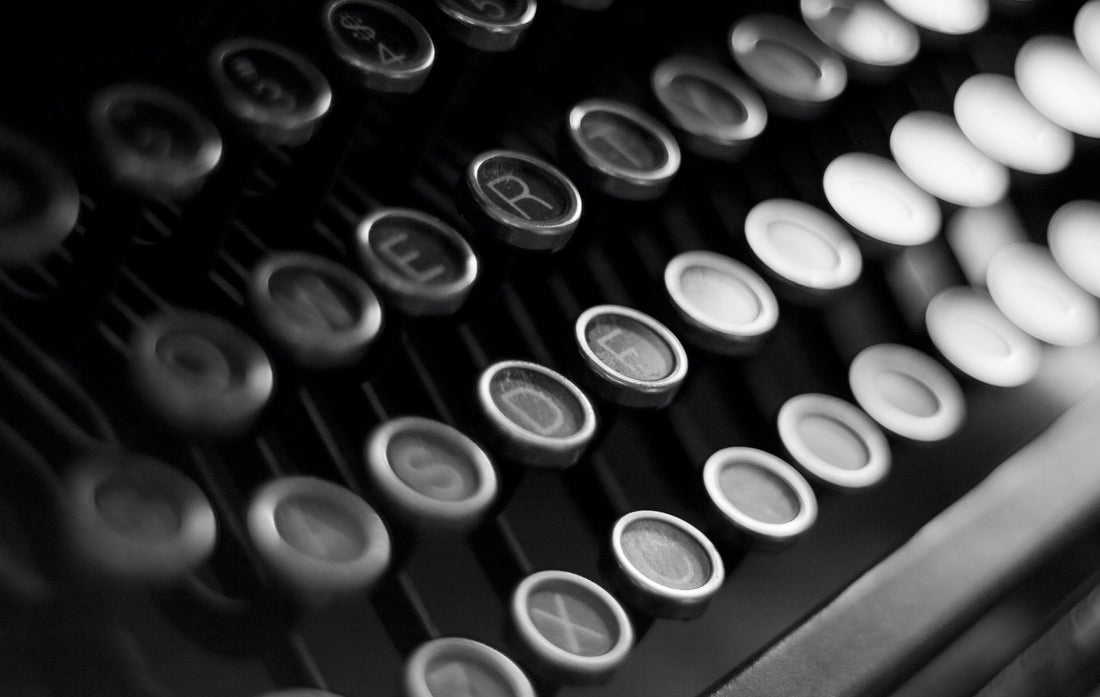
The History of Typewriters: Invention, Development, and Replacement by Computers
Share
The History of Typewriters: Invention, Development, and Replacement by Computers
Typewriters were a popular way of writing and the predecessors of today's keyboards. The history of typewriters is quite fascinating, and in this article, we will provide information about the invention, development, usage, and the transition to computers.
Invention and Development of Typewriters
The first prototype of a typewriter was made in 1714 by English inventor Henry Mill. However, the true invention of the typewriter occurred in 1868 by American inventor and journalist Christopher Latham Sholes. Sholes also designed the QWERTY keyboard layout, which is one of the most significant contributions to the development of typewriters.
After Sholes created the typewriter, it began to be widely used, particularly in places such as businesses and government offices. Typewriters made it possible for people to write quickly and efficiently.
Usage of Typewriters
The proliferation of typewriters made it possible to write quickly and accurately, especially in places where fast and efficient writing was necessary, such as in the business world. Typewriters were used in many offices, government agencies, and newspaper and magazine offices.
Typewriters were particularly popular in the 1920s and 1930s. However, with the advent of computers, the usage of typewriters began to decline gradually.
Transition to Computers
With the emergence of computers, the usage of typewriters began to decline gradually. Computers provided an environment where it was possible to write faster and more effectively than with typewriters. At first, computers were only used by professional users. However, as computers became smaller and cheaper, they became more widespread, even in homes.
Today, typewriters are generally only used by antique collectors or to provide a nostalgic touch. Nevertheless, the history of typewriters reflects an important stage created to meet people's writing needs.
